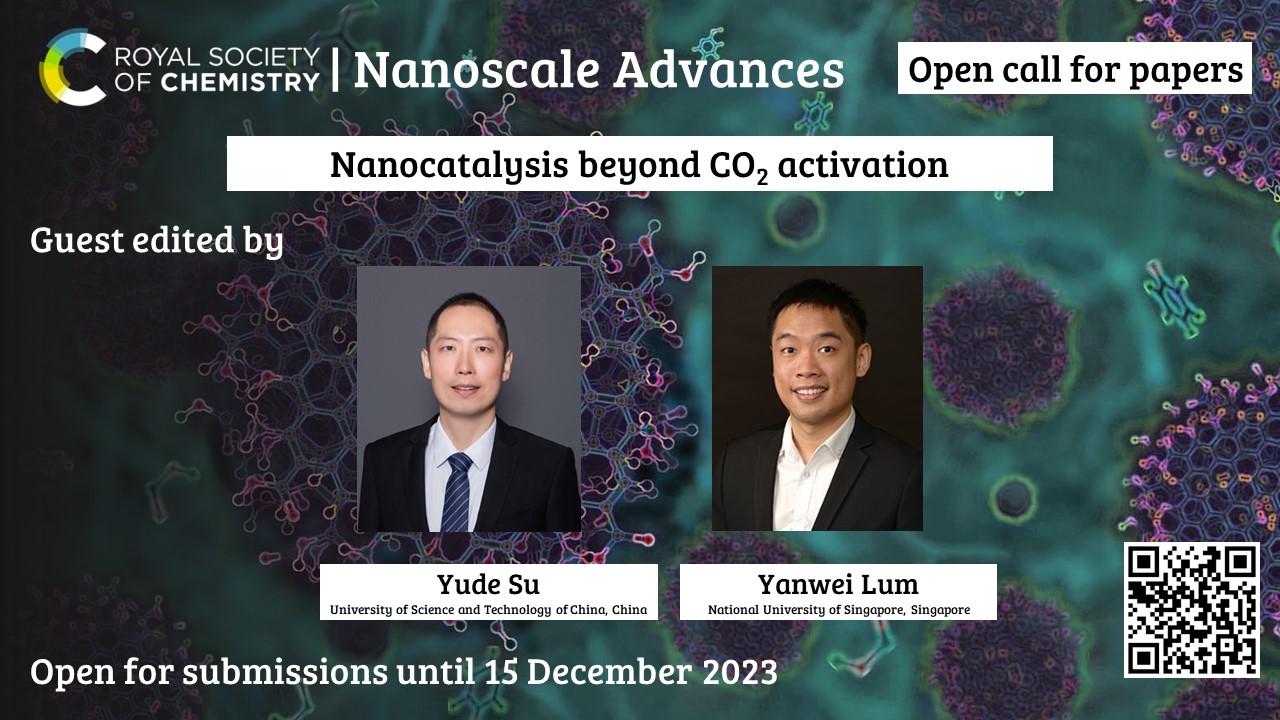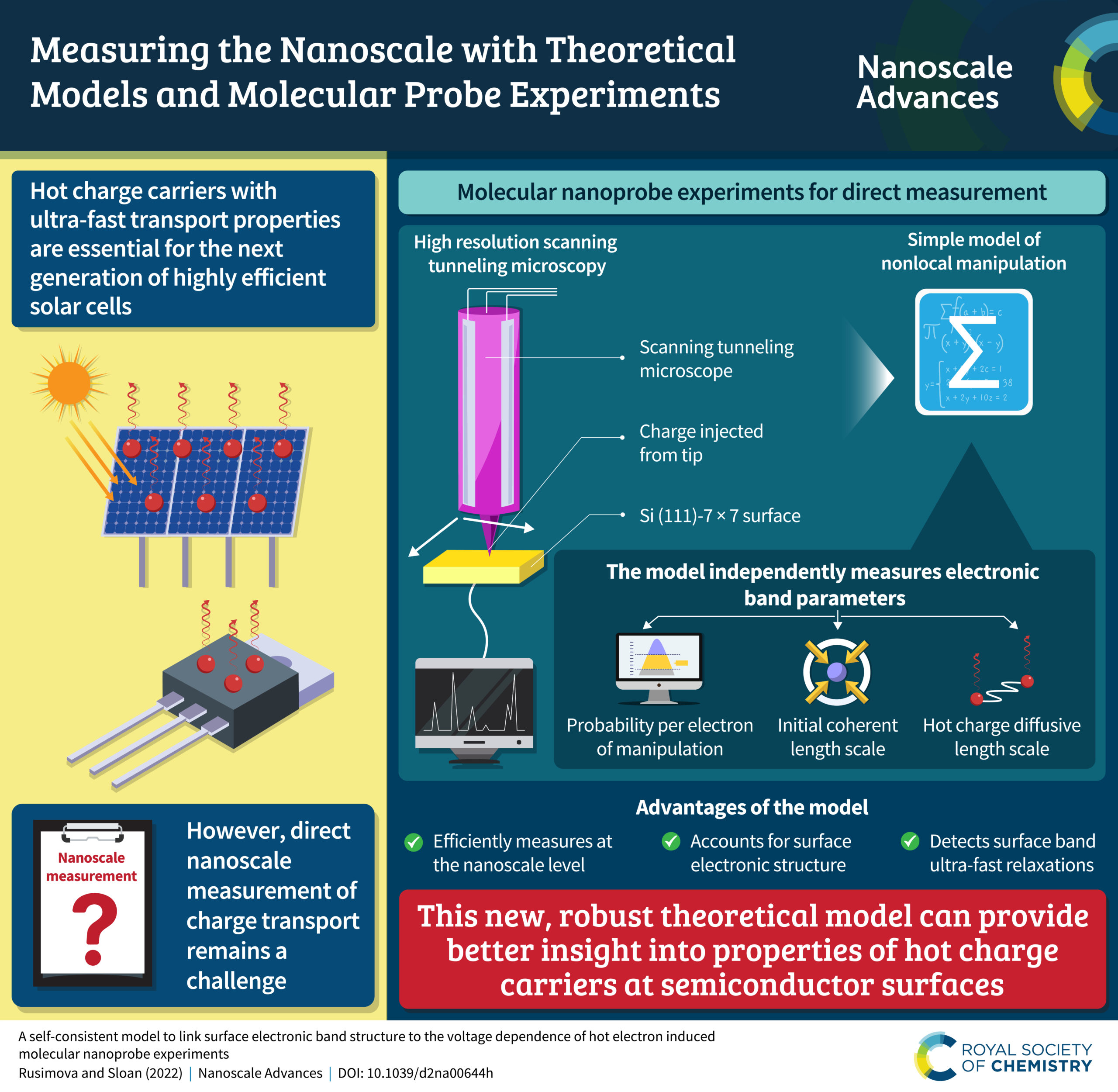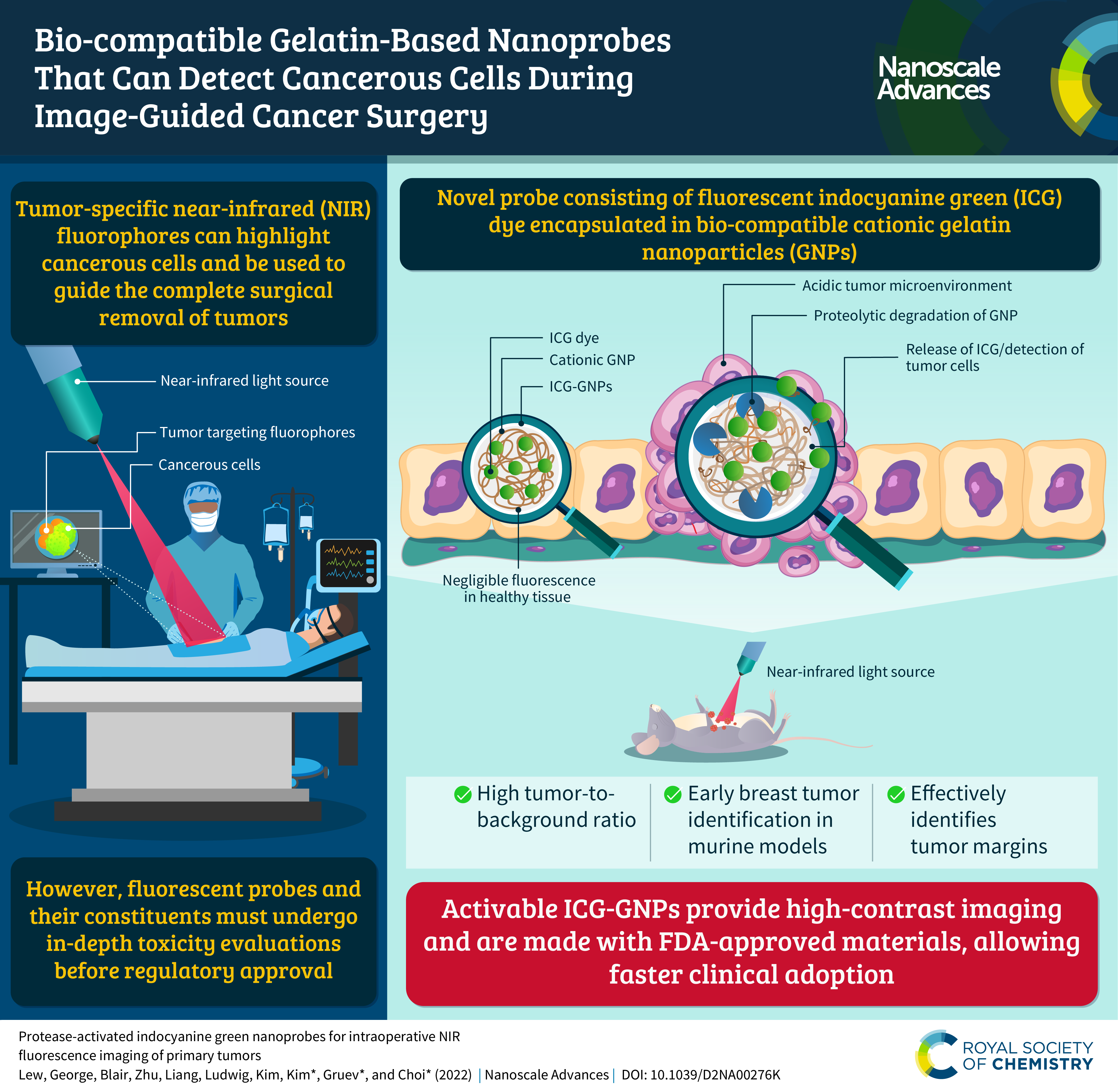Call for papers: Photocatalytic Nanomaterials for Clean Energy, Renewable Chemicals production, and Sustainable Catalysis
Guest edited by Rajeev Ahuja and Rajendra Srivastava
We are delighted to announce an open call for papers to our new themed collection focusing on photocatalytic nanomaterials!
Guest Editors: Rajeev Ahuja (Uppsala University, Sweden) and Rajendra Srivastava (Indian Institute of Technology Ropar, India)
Nanocatalytic materials can solve energy and environmental problems by penetrating plastic polymer waste and providing a high surface area with exposed active sites to catalyze the reactions to produce sustainable chemicals and fuels. The process will be highly sustainable if light energy, including solar energy, is utilized to produce clean energy and chemicals. Thus, efforts must be made to develop novel materials or engineer materials for harvesting light energy for producing clean energy and chemicals.
In this collection, we welcome both review and research articles on the following topics:
- Photocatalytic nanomaterials and process for H2 production, CO2 to chemicals and fuels
- Photocatalytic nanomaterials and biomass conversion to chemicals and fuels
- Engineering photocatalytic nanomaterials for sustainable catalysis
- Photocatalytic nanomaterials for photoreforming of plastic waste
- Computational study on designing new photocatalytic nanomaterials for clean energy
You are welcome to submit an article within the scope before 20 February 2024.
If you are interested in contributing to this collection, please get in touch with the Editorial Office by email.
Please note that article processing charges apply to all articles submitted to Nanoscale Advances if, following peer-review, they are accepted for publication. Exceptions include researchers at Research4Life Group A and B countries, and those whose institutes have an existing deal that covers publication in our gold open access journals. Details of the APC and discounted rates can be found here.




















